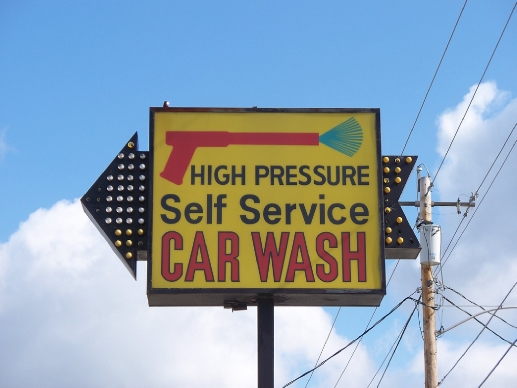 Our perceptions of self-service are changing. Why? Because, once we learn the process, it is faster because we don’t have to wait for a person to answer or take our order.
Our perceptions of self-service are changing. Why? Because, once we learn the process, it is faster because we don’t have to wait for a person to answer or take our order.
Not too many years ago, self-service was perceived as taking away the convenience of having someone else serve us. I can remember the first airline ticket kiosk I used in the 1990’s. My initial reaction was that this was a cost-reduction plan to eliminate workers and to put more work on the passengers. Then, the person from the airline said to me, “Isn’t it great? You even get to select your own seat.” She was right, of course, and I was convinced.
Now, self-service for many activities is seen by customers as more convenient because:
- Internet access has become more prevalent. In 2002, Internet users represented 9.1% of the world population. Today they account for 33% of the world. The Internet is also dramatically faster. The time to load an average web page, which was 16 seconds in 2002, is now less than 6 seconds and becoming faster all the time.
- 24/7 access makes transactions (banking, shopping, information searching) available at any time night or day. We have clients that have put configuration software online for their end-user customers, allowing them to build their own systems based on installation requirements without having to call Customer Service personnel during normal working hours. All the customer has to do is place the order.
- These ordering and configuring processes have been designed to be so straightforward) that virtually no errors can be made and therefore no supplier employee is necessary to intervene with help.
One of the basic needs of humans is the feeling of mastery. Customers love the control of the selection of a product or service, armed with the full knowledge of an expert inside the seller’s organization. And customers also value the access to information that they have been allowed have.
However, self-service must be customer-centered. Companies must ask themselves whether the change saves customer effort, making the process more convenient & more straightforward—not whether it simply lowers their costs and allows the business to reduce the number of employees answering questions and handling transactions.
Remember, however, that without planning, as self-service commoditizes routine activities, it frees up employees to do even more expansive work for customers. Customer 3D organizations use these opportunities to focus on more effective ideas for their customers by migrating further into 3D territory through new customer-centric acts that will continue to differentiate them from others in their markets.
Image credit: scottamus

You want to do the best, and thinking through your actions and taking the next logical steps make certain that you ultimately do your best.